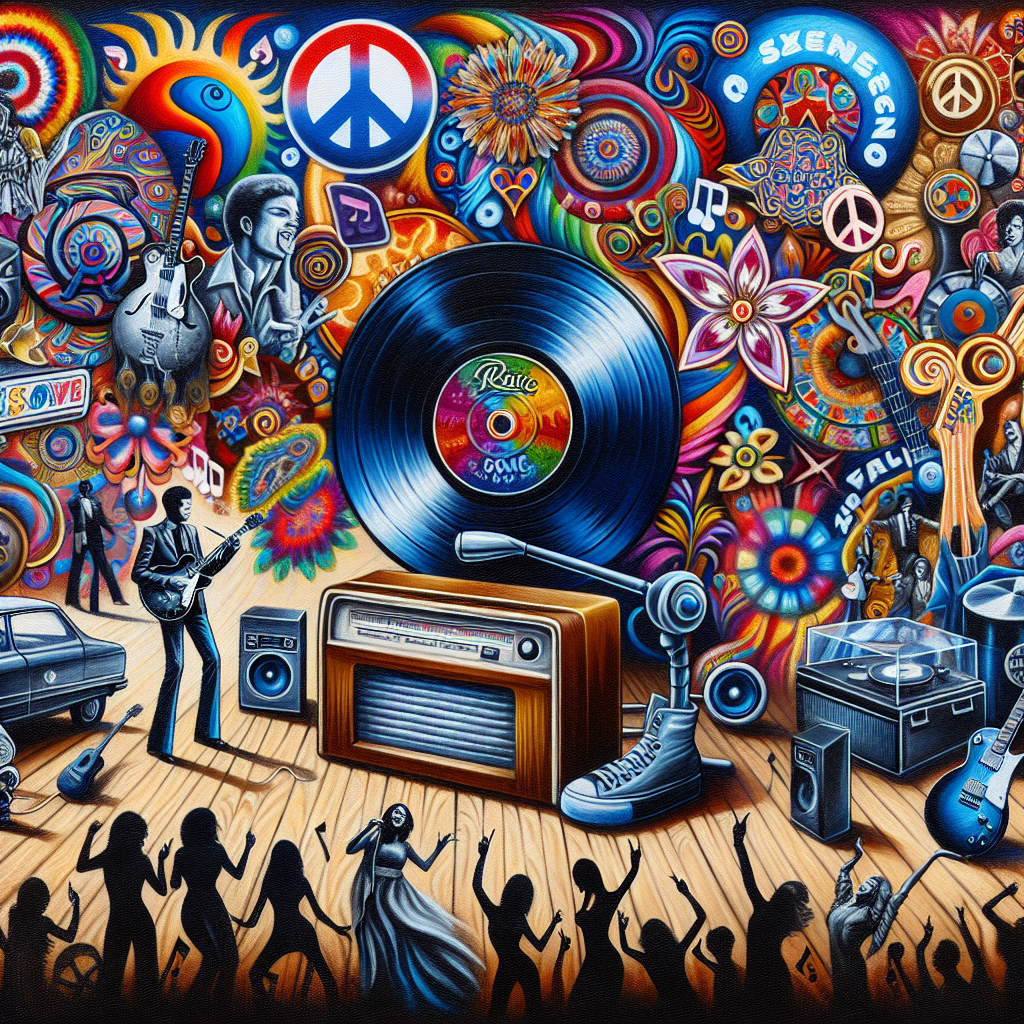Rock and roll music has been a powerful force in shaping the culture of the 20th century. From its humble beginnings in the 1950s to its peak popularity in the 1970s, rock and roll has evolved and changed with the times, reflecting the social, political, and technological changes of each era.
One of the defining features of rock and roll music is its ability to capture the spirit of rebellion and freedom that defined the post-World War II era. In the 1950s, artists like Elvis Presley and Chuck Berry brought a new sound to mainstream America, blending elements of rhythm and blues with country music to create a sound that was uniquely American. This new style of music quickly caught on with young people across the country, who saw it as a way to break free from the constraints of their parents’ generation.
As rock and roll continued to grow in popularity throughout the 1960s, it became closely associated with counterculture movements like the civil rights movement and anti-war protests. Artists like Bob Dylan and The Beatles used their music as a platform to speak out against social injustices and promote peace and love. Rock concerts became rallying points for activists, who saw music as a powerful tool for social change.
Politicians also took notice of rock and roll’s influence on young people, often trying to use it for their own purposes. Richard Nixon famously tried to court popular musicians like Elvis Presley in an attempt to appeal to younger voters, while Ronald Reagan used songs like Bruce Springsteen’s “Born in the USA” as campaign anthems. Despite these attempts at co-opting rock music for political gain, artists continued to push boundaries and challenge authority through their music.
In addition to its cultural impact, rock and roll also played a significant role in shaping fashion trends throughout the decades. In the 1950s, artists like Elvis Presley popularized greaser style with leather jackets and slicked-back hair, while bands like The Rolling Stones brought a rebellious edge with their skinny jeans and unkempt hair. By the 1970s, glam rock bands like David Bowie embraced gender-bending fashion with glittery jumpsuits and platform boots.
Technological advancements also played a key role in shaping the evolution of rock music. The invention of electric guitars allowed artists to experiment with new sounds and create more complex arrangements. The introduction of multitrack recording techniques gave musicians greater control over their sound in the studio, leading to groundbreaking albums like The Beatles’ “Sgt. Pepper’s Lonely Hearts Club Band.”
Looking back at the evolution of rock and roll music from the 1950s through the 1970s, it’s clear that this genre has had a lasting impact on our culture. From its roots in rebellion and freedom to its role in promoting social change, rock music has always been at the forefront of cultural movements. As we continue into the 21st century, it’s important to remember how far we’ve come – thanks in large part to this revolutionary genre.


Get involved!
Comments